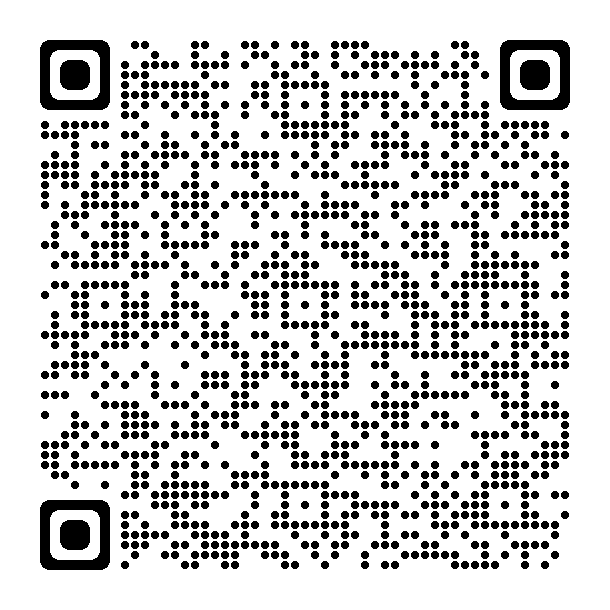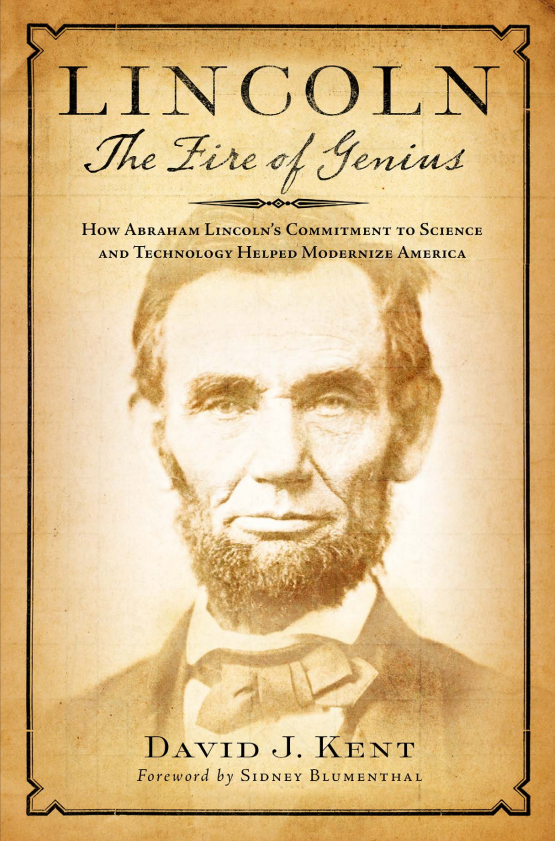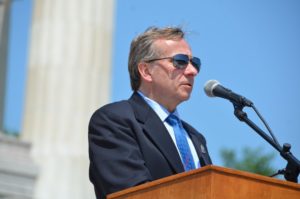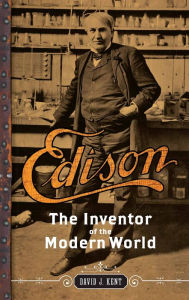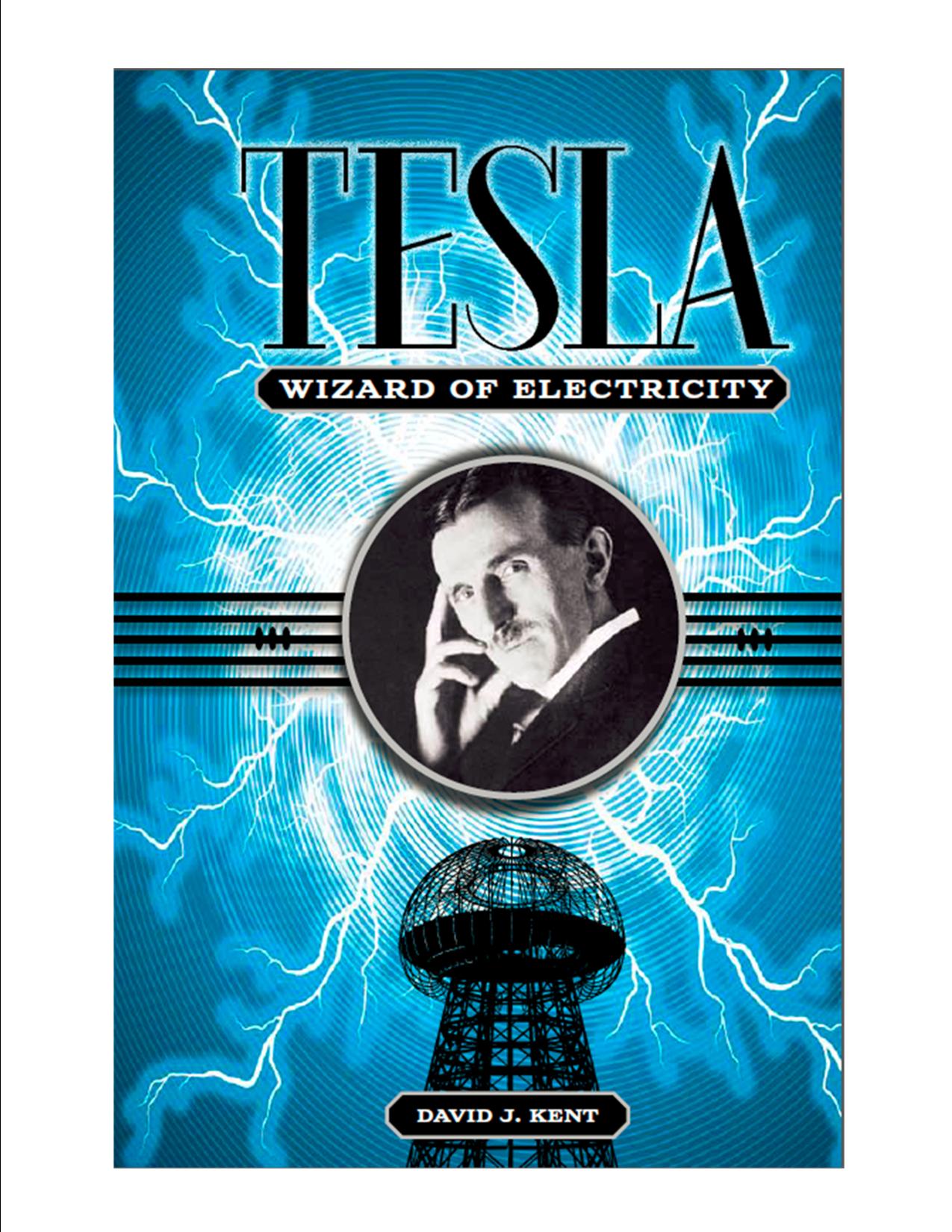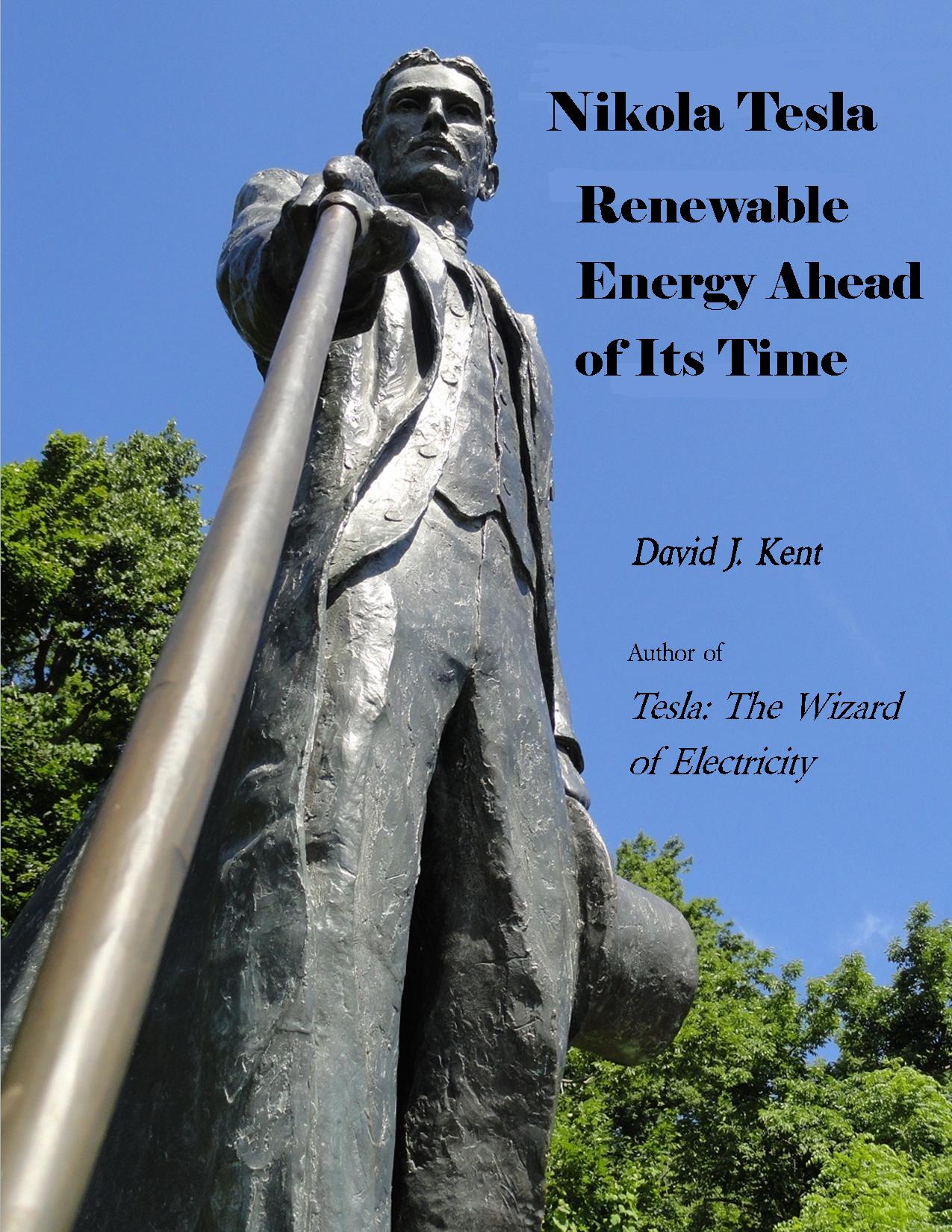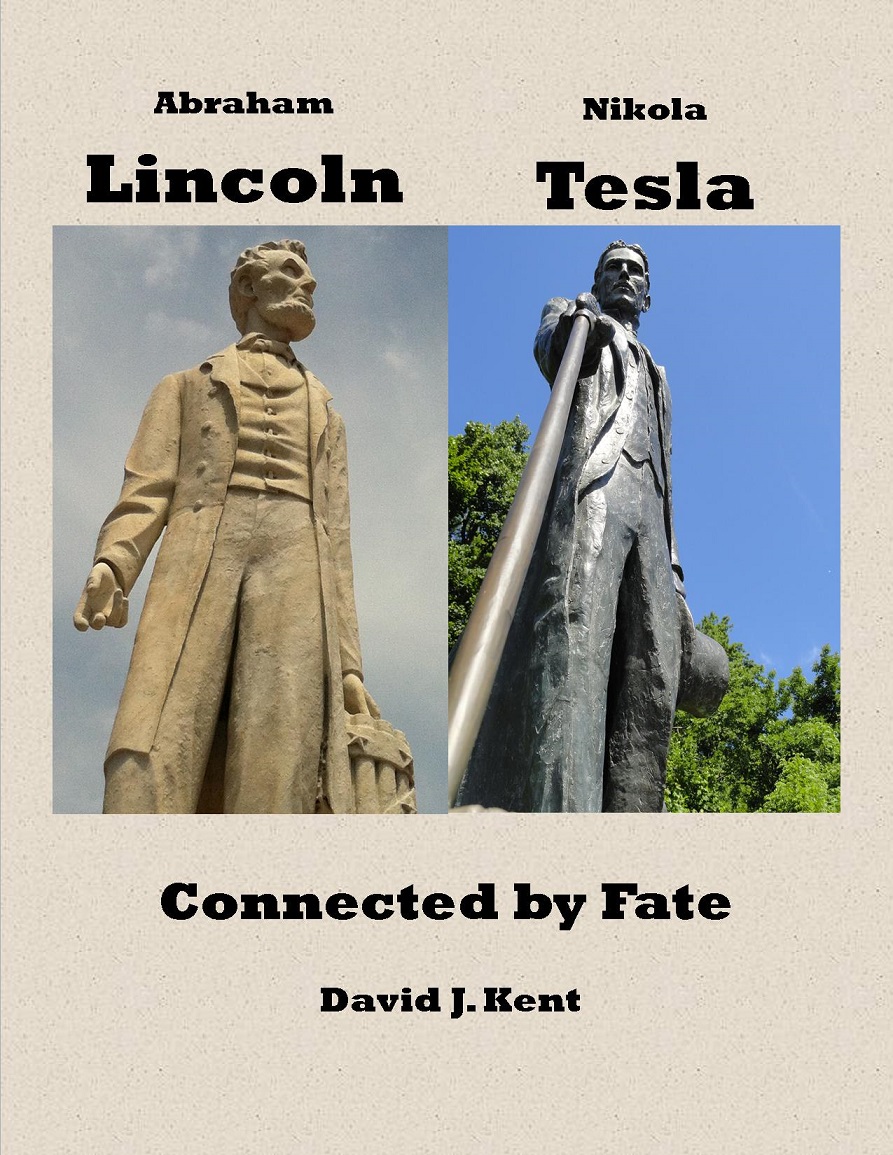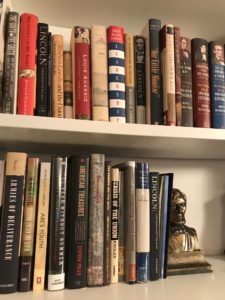 The biggest feature of my Abraham Lincoln book acquisitions for 2021 is that most of the books I acquired aren’t even mine. As usual, I begin my annual “Year in the Life” posts with my Lincoln book collection. You can read last year’s post here. My shelves are getting fuller, but my garage and basement are now also filled with boxes of books, piles of books, and random books. In a sense, I’ve become a temporary storage facility.
The biggest feature of my Abraham Lincoln book acquisitions for 2021 is that most of the books I acquired aren’t even mine. As usual, I begin my annual “Year in the Life” posts with my Lincoln book collection. You can read last year’s post here. My shelves are getting fuller, but my garage and basement are now also filled with boxes of books, piles of books, and random books. In a sense, I’ve become a temporary storage facility.
This new role started in the spring. I had already become the holder of the Lincoln Group of DC‘s (LGDC) paper archive, big cabinets full of files, brochures, newsletters, and even some old photos, CDs, and VHS tapes. These cabinets were moved in a couple of years ago when the previous holder had to remove them from the borrowed space in a non-profit office downtown. Because of the limitations of travel due to COVID in 2020, the previous president of the Lincoln Group decided to move permanently to Denver so he and his wife could see more of their family. He was holding quite a few Lincoln books that belonged to LGDC, and since I was taking over as the organization’s president, I agreed to take them until we could get them to members. At this same time, the long-time secretary of the organization also decided to downsize, and 20-years of stored books from her basement shifted to my basement. We then had two members pass away, leaving instructions that their collections should be donated to LGDC.
All of this has led to the aforementioned boxes and stacks of books currently swamping my space. All told, there are many hundreds of books that belong to LGDC. To push the situation from the sublime to the ridiculous, or at least a bit overwhelming, I had already reached a critical point in shelf space, thus necessitating a bit of a purge of duplicate books. Those duplicates have joined the LGDC books and effectively are another donation to the Lincoln Group. The plan, if you could call it that, is to make as many as possible available to LGDC members. The continuing restrictions on in-person meetings due to COVID is making it hard to get them out to members, so they remain in my possession for the time being. That said, they will NOT be in my garage and basement for the next 20 years (or 2).
Beyond that, I have actually acquired quite a few Lincoln books this past year. While I limited my purchases of new books, I did pick up a few carefully selected used books from a variety of places, including two local used book stores, Amazon, and Barnes and Noble. As with last year, I also received books from publishers for review in the Lincolnian, the Lincoln Herald, and elsewhere. The majority were related to my role on the book award committee of the Abraham Lincoln Institute (ALI), which I’m diligently trying to finish reading before our decision during the first week in January. I also won two book giveaways on Goodreads (one of which was a Lincoln book), received one book in a giveaway by a Civil War Round Table, and got seven books from my insurance company using points accrued. Thirty-eight of the books were published in 2021, while others have more time under their covers. The oldest book was published in 1865, and its poor condition reflects that fact. I was able to get several of the new books signed by their authors at the only in-person event that actually occurred in-person this year, the annual Lincoln Forum (of which I recently was elected to the Board of Advisors).
Among the books I acquired was one I purchased because it relates somewhat to my own forthcoming book – The Science of Abolition by Eric Herschthal. Several prominent Lincoln scholars were well represented. Michael Burlingame had two books come out this year. The first was An American Marriage, which turned out to be quite controversial as it describes the marriage of Abraham and Mary Lincoln in dramatically stark terms. Later in the year he published The Black Man’s President. The title is based on a quote from Frederick Douglass and in the book, Burlingame delves into the racial sentiments and experiences of Lincoln. In my personal opinion, it is one of the most important Lincoln books in many years. Another important book is James Oakes’s The Crooked Path to Abolition, which focuses on Lincoln’s belief – and the belief of most northern Americans – that the Constitution was an anti-slavery document.
The Oakes book was discussed in LGDC’s Study Forum, our group within the group that intently studies Lincoln’s life and times through books. The Study Forum is now working on another new book I added to my collection, Michael S. Green’s Lincoln and Native Americans. Lincoln’s role in Native American relations during the war, in particular the Dakota War in Minnesota, has been a topic of heavy discussion this past year. I did a presentation in April (summarized here) and have been familiarizing myself with the issues. Green’s concise book gives a solid overview and should be read in conjunction with other books on the topic I’ve read lately. Two other notable books this year were Ronald C. White’s Lincoln in Private, which deals with the 111 fragments Lincoln wrote to himself, and Getting Right With Lincoln by Ed Steers, which examines a dozen “knowns” about Lincoln that are either myths or still highly debated.
As always, collecting these books means I do a lot of reading. While I can’t claim to have read all of them, I have read many of them and plan to read the rest over time. And, of course, acquire even more. Note to publishers: I’m always open to receiving books in return for an honest review via my various venues, including Goodreads and Amazon.
We’re now on the cusp of 2022, and contrary to previous years, I hope to offload as many books as I acquire. I hope to remain on the ALI book award committee and expect to pick up selected Lincoln books as I deem necessary, but mostly I’m looking to cull my collection. That means sorting out any duplicates I may have and disposing of them through listings on eBay and Amazon, selling to local used bookstores, and donating to the local library (or to LGDC members). I plan to do the same with the LGDC books, with the focus on getting them in members’ hands at in-person events (which omicron might put in jeopardy). I hope to end 2022 with a significant net reduction in books. That’ll be a change.
One book I’m looking forward to having in my hands in 2022 is my own new book. I submitted the manuscript to the publisher in late June 2021 with the expectation that it would come out in February. The continuing COVID pandemic had other plans, however, as the supply chain issues that we all hear about has affected the publishing industry as well. Books in the pipeline were delayed, and the publisher pushed my book release date to September 2022. I’ve already seen a cover and the title is now settled, so I’ll start to release that information in January as the final countdown progresses. Stay tuned!
David J. Kent is President of the Lincoln Group of DC and the author of Lincoln: The Man Who Saved America. His previous books include Tesla: The Wizard of Electricity and Edison: The Inventor of the Modern World and two specialty e-books: Nikola Tesla: Renewable Energy Ahead of Its Time and Abraham Lincoln and Nikola Tesla: Connected by Fate.
Check out my Goodreads author page. While you’re at it, “Like” my Facebook author page for more updates!
Like this:
Like Loading...
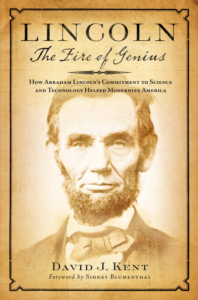 The book is available for pre-order on the Rowman & Littlefield website (Lyons Press is a trade imprint of Rowman). You can also pre-order it on Amazon and Barnes and Noble (click on the respective links to pre-order). Release date is scheduled for September 1, 2022.
The book is available for pre-order on the Rowman & Littlefield website (Lyons Press is a trade imprint of Rowman). You can also pre-order it on Amazon and Barnes and Noble (click on the respective links to pre-order). Release date is scheduled for September 1, 2022.


 The year in a writer’s life actually went much more to plan than
The year in a writer’s life actually went much more to plan than  The biggest feature of my Abraham Lincoln book acquisitions for 2021 is that most of the books I acquired aren’t even mine. As usual, I begin my annual “Year in the Life” posts with my Lincoln book collection. You can
The biggest feature of my Abraham Lincoln book acquisitions for 2021 is that most of the books I acquired aren’t even mine. As usual, I begin my annual “Year in the Life” posts with my Lincoln book collection. You can 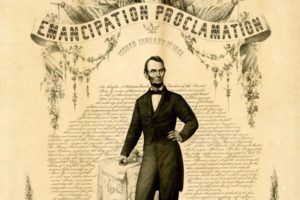 Few people know that Abraham Lincoln was also a philanthropist. We remember him for saving the union and the
Few people know that Abraham Lincoln was also a philanthropist. We remember him for saving the union and the 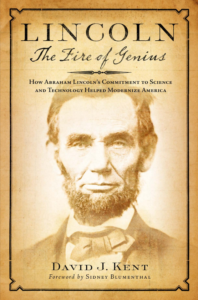
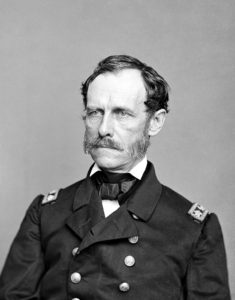 Lincoln liked John A. Dahlgren, his weapons guy, of sorts. On December 8, 1862, Lincoln sent a telegram to the Washington Navy Yard with the succinct request: “Will Capt. Dahlgren please call and see me at once?”
Lincoln liked John A. Dahlgren, his weapons guy, of sorts. On December 8, 1862, Lincoln sent a telegram to the Washington Navy Yard with the succinct request: “Will Capt. Dahlgren please call and see me at once?”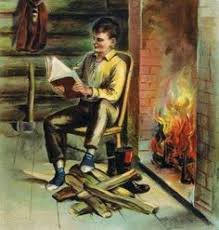 “Upon the subject of education,” Abraham Lincoln wrote in his Communication to the People of Sangamo County in 1832, “I can only say that I view it as the most important subject which we as a people can be engaged in.”
“Upon the subject of education,” Abraham Lincoln wrote in his Communication to the People of Sangamo County in 1832, “I can only say that I view it as the most important subject which we as a people can be engaged in.”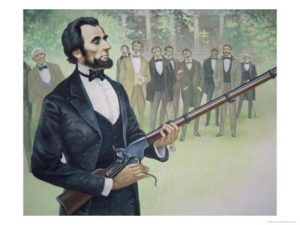 Lincoln took a scientific approach to military strategy. The Anaconda plan’s focus was on securing the coastlines and the Mississippi River. Recognizing New Orleans as the hub of the cotton trade and commerce, Lincoln saw it as the first port to be targeted for blockade. He also hoped to block southern ship traffic from Charleston, South Carolina to cut off Confederate attempts to woo Great Britain and France to their side. Helping him make this happen was Alexander Dallas Bache and the Coast Survey. The Coast Survey had been authorized by Thomas Jefferson, and Bache, who was Benjamin Franklin’s great-grandson, was quick to send nautical charts of the Chesapeake Bay to Lincoln. He also forwarded two terrestrial maps produced by the Survey that had far-reaching influence on Lincoln’s decisions on emancipation and military strategy.
Lincoln took a scientific approach to military strategy. The Anaconda plan’s focus was on securing the coastlines and the Mississippi River. Recognizing New Orleans as the hub of the cotton trade and commerce, Lincoln saw it as the first port to be targeted for blockade. He also hoped to block southern ship traffic from Charleston, South Carolina to cut off Confederate attempts to woo Great Britain and France to their side. Helping him make this happen was Alexander Dallas Bache and the Coast Survey. The Coast Survey had been authorized by Thomas Jefferson, and Bache, who was Benjamin Franklin’s great-grandson, was quick to send nautical charts of the Chesapeake Bay to Lincoln. He also forwarded two terrestrial maps produced by the Survey that had far-reaching influence on Lincoln’s decisions on emancipation and military strategy.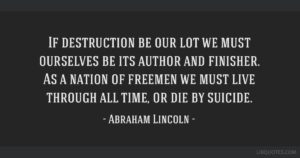 Abraham Lincoln spoke these words in a speech generally referred to as the
Abraham Lincoln spoke these words in a speech generally referred to as the 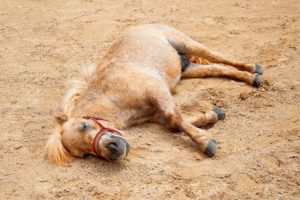 I have just read your dispatch about sore tongued and fatigued horses. Will you pardon me for asking what the horses of your army have done since the battle of Antietam that fatigue anything? A. LINCOLN
I have just read your dispatch about sore tongued and fatigued horses. Will you pardon me for asking what the horses of your army have done since the battle of Antietam that fatigue anything? A. LINCOLN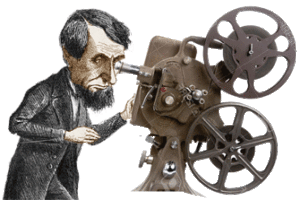 Technically, Lincoln didn’t attend the exhibition, but on this date, October 14, 1861, a committee of commissioners for the industrial exhibition in England visits President Lincoln in the White House and asks use of a government vessel to transport American contributions to the fair. Lincoln had supported United States participation.
Technically, Lincoln didn’t attend the exhibition, but on this date, October 14, 1861, a committee of commissioners for the industrial exhibition in England visits President Lincoln in the White House and asks use of a government vessel to transport American contributions to the fair. Lincoln had supported United States participation.